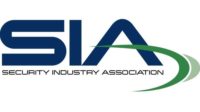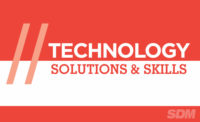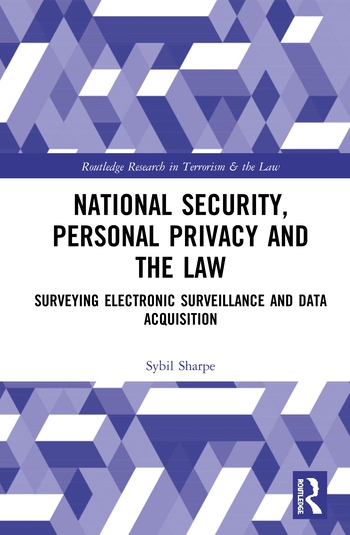ONVIF, the open industry forum supporting standardized communications between IP-based physical security products, announced an agreement with the Open Security & Safety Alliance (OSSA) to take over development of data ontology and metadata specifications. The initiative will continue under a new ONVIF metadata working group.
Leo Levit, chairman, ONVIF Steering Committee, said of the importance of this initiative, “Specifying metadata and the interfaces needed to transfer metadata between different components of a system will benefit ONVIF members and the security industry as a whole. We see the value of data ontology as a way of interconnecting data that is generated by different sources and in different formats, which will be crucial to the future of the security industry.”
Levit continued, “To accomplish this means that we need to develop metadata descriptors for different objects and make them more unified between different vendors. This will allow ONVIF to provide a stronger foundation for future ontology work and will benefit future steps toward deeper interoperability between different types of sensors.”
The new ONVIF metadata working group is focused on developing standardized ways of richly describing the context in which objects of interest appear in captured video. This work enables the physical security industry to easily share and make use of data generated by analytics applications running on IoT devices, like cameras, for security and analytical purposes.
“ONVIF is excited to build on this platform to ensure descriptive and detailed data that is generated by ONVIF conformant products can be used across surveillance systems and elsewhere,” Levit said. ”We encourage ONVIF full and contributing members and their registered affiliates to join the new metadata working group and contribute to this initiative.
“We are already working toward metadata standardization with Profile M, where we’re defining a unified way to communicate certain events and metadata that describes an object based on a visual identification of the object and the events,” he added. “When we move to the IoT domain, with different types of sensors, there is a great deal more data that can be collected with sensors and integrated into a surveillance system.”
Levit concluded by saying, “Ultimately, the challenges to this are just as we saw 10 or 15 years ago, in that the majority of vendors are using proprietary interfaces, making it difficult for systems integrators to build a system that can scale or for an end user to change from one system to another. This is the goal ONVIF has accomplished in the past and will continue to be the goal to help the integration community within the data ontology initiative.”







